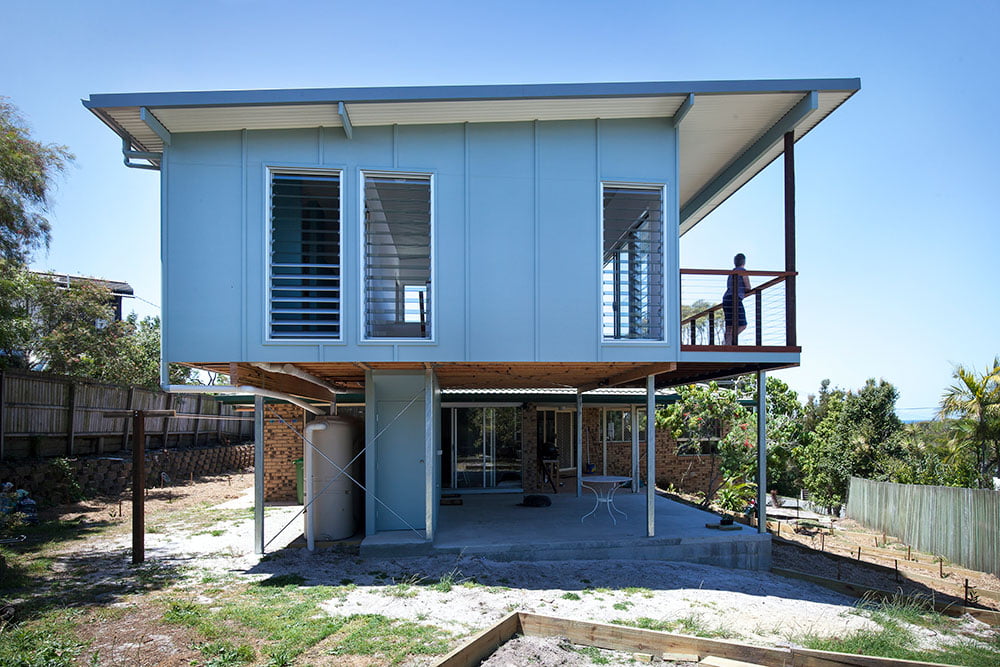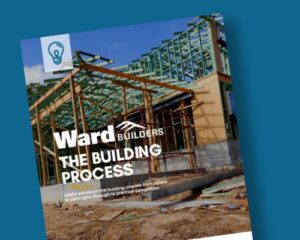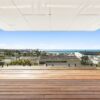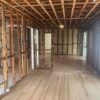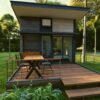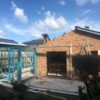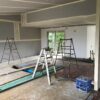Do you need more space but unsure which way to go?
A granny flat will tick all the boxes when it comes to adding value to your home, keeping loved ones closer or as a financial investment. Second storey extensions on the other hand increase your living space and done well, also add huge value to your home.
Question is, which way do you go? Can you fit a granny flat on your property? Or do you go up a storey?
Let’s look at the building rules starting with “Residential” in local council terminology.
Granny Flat regulations
Granny flats are considered a ‘second dwelling’ and must be no larger than 60 m2. In a Rural Zone or Rural Residential Zones, they can be up to 90m2 . Furthermore, the Sunshine Coast areas of Moffat, Shelly and Dicky Beach are limited to 45m2 and no more than 4m high. This size excludes non-habitable areas such as outdoor patio roofs, eve overhangs, window hoods, balconies, carports or garages
Site coverage
In Noosa Shire and Sunshine Coast Council areas you can build to a maximum of 50% site coverage. In Noosa, this applies to “Low Density Residential” areas and it reduces for medium – high density zones. Unlike granny flat size allowances, this DOES include the non-habitable areas (garage, balconies, eves, patios etc).
In other words, from an aerial view, the buildings total footprint can only take up 50% of your entire block. If you are going to be over this allowance, you can apply for a relaxation – just as you would apply to build closer to boundary setbacks. There is no rule of thumb as to how much extra will be approved because each case reviewed on it’s own merits.
Each case is reviewed for it’s impact on the street, carparking implications, whether there are similar situations in the area, utilities and the local area zoning regulations.
Second storey extension regulations
If you can’t legally fit a granny flat on your property, the next option is a second storey extension. A second storey doesn’t impact your site coverage allowance, but it does have a height limitation of 8.5m or less. Here the maximum height depends entirely on the homes setback to the side boundary (the end of the roof or point closest to the side boundary).
Generally speaking, if your homes furthest point is 2m setback from the side boundary, then your maximum height is 7.5m, a 1.5m setback reduces your height allowance to 4.5m.
If you are in a flood zone the height allowance may change again and will require a ‘Ground Level’ measurement from a surveyor as your starting point with your local council. New estates often have their own set backs again which are negotiated for the entire development.
Both Granny Flats and Second Storey Extensions offer enormous benefits to you and your property. The trick is defining which path is viable for your property and of course budget.
We hope this helps with your initial decision making, and please, always check your particular situation with local council because they each have slightly different rules for their various suburbs.
